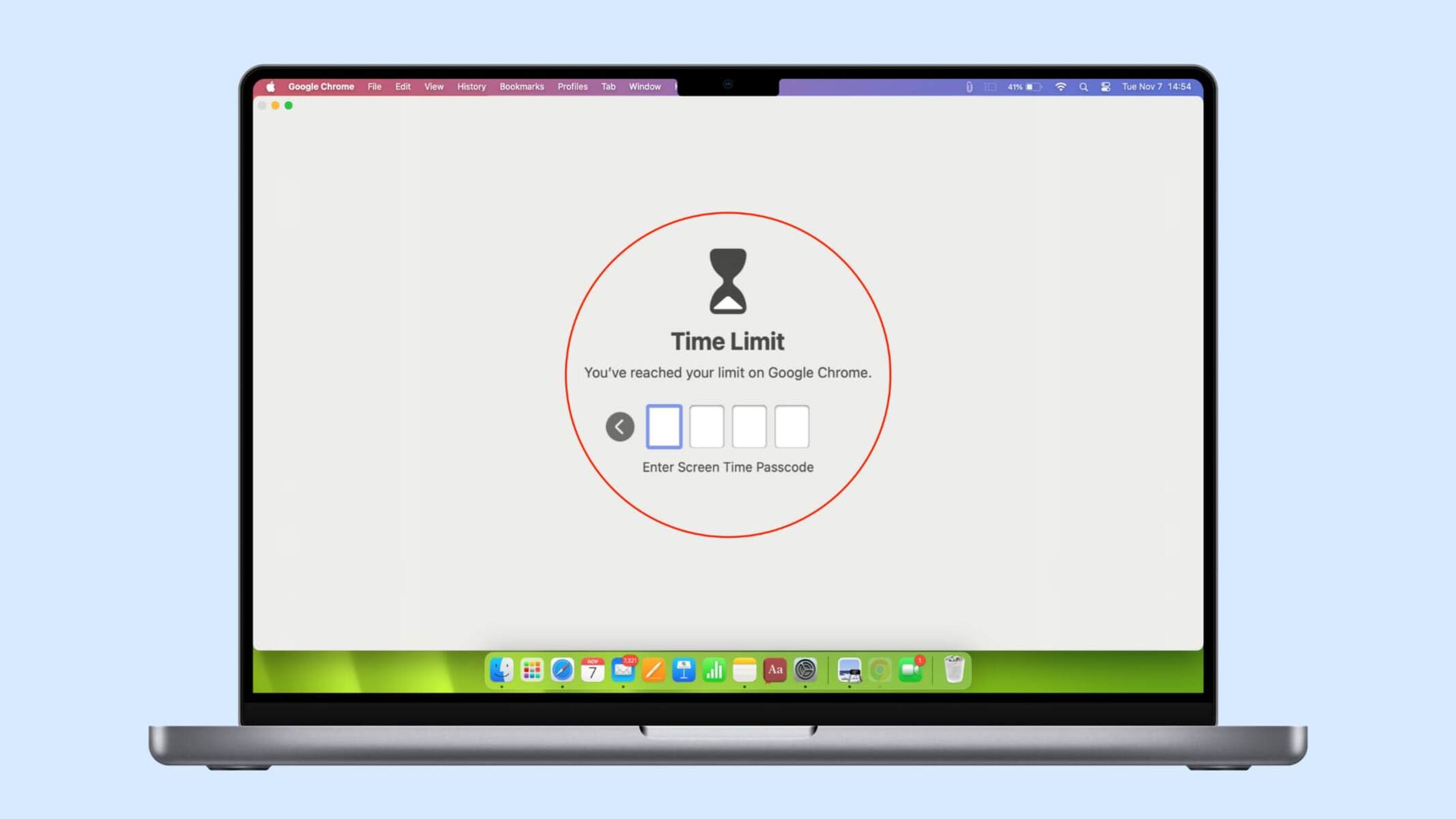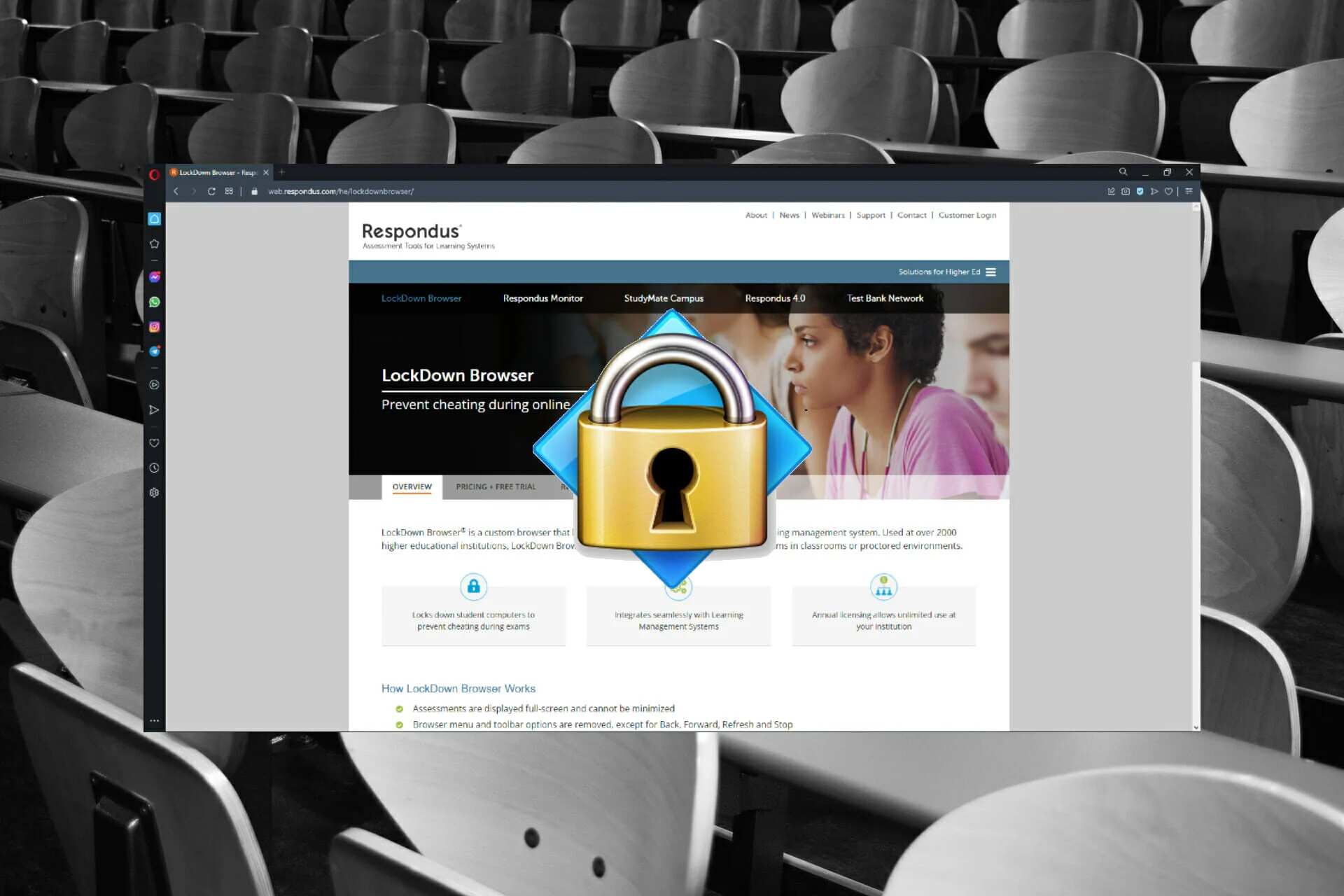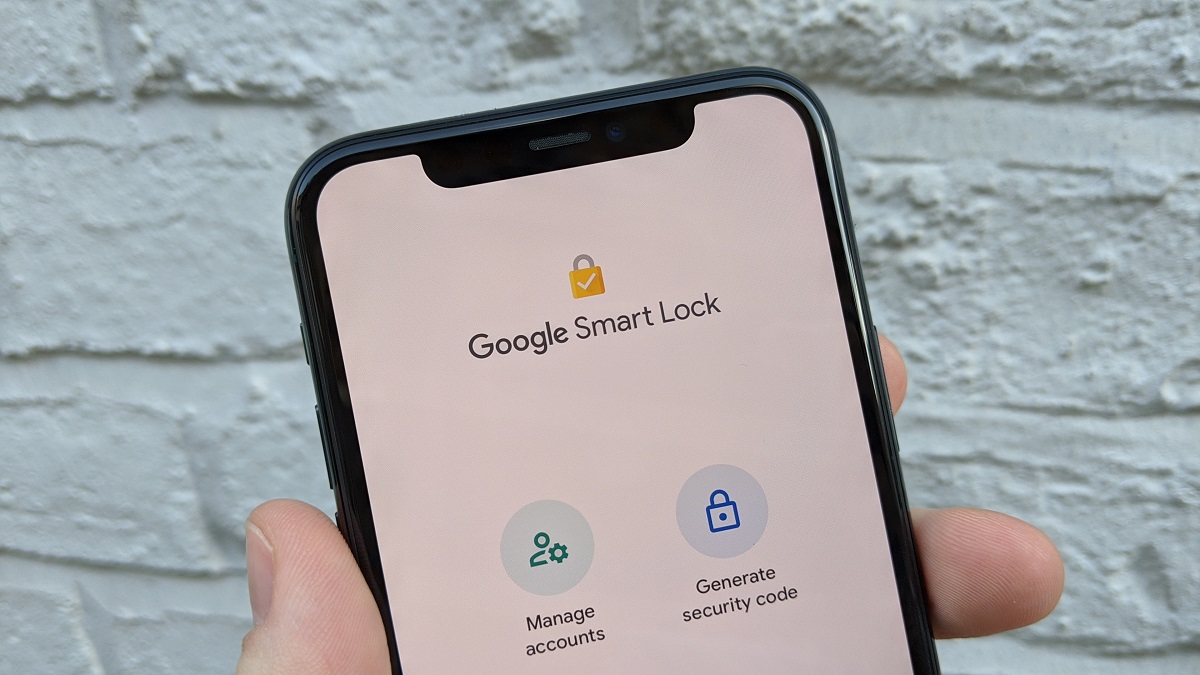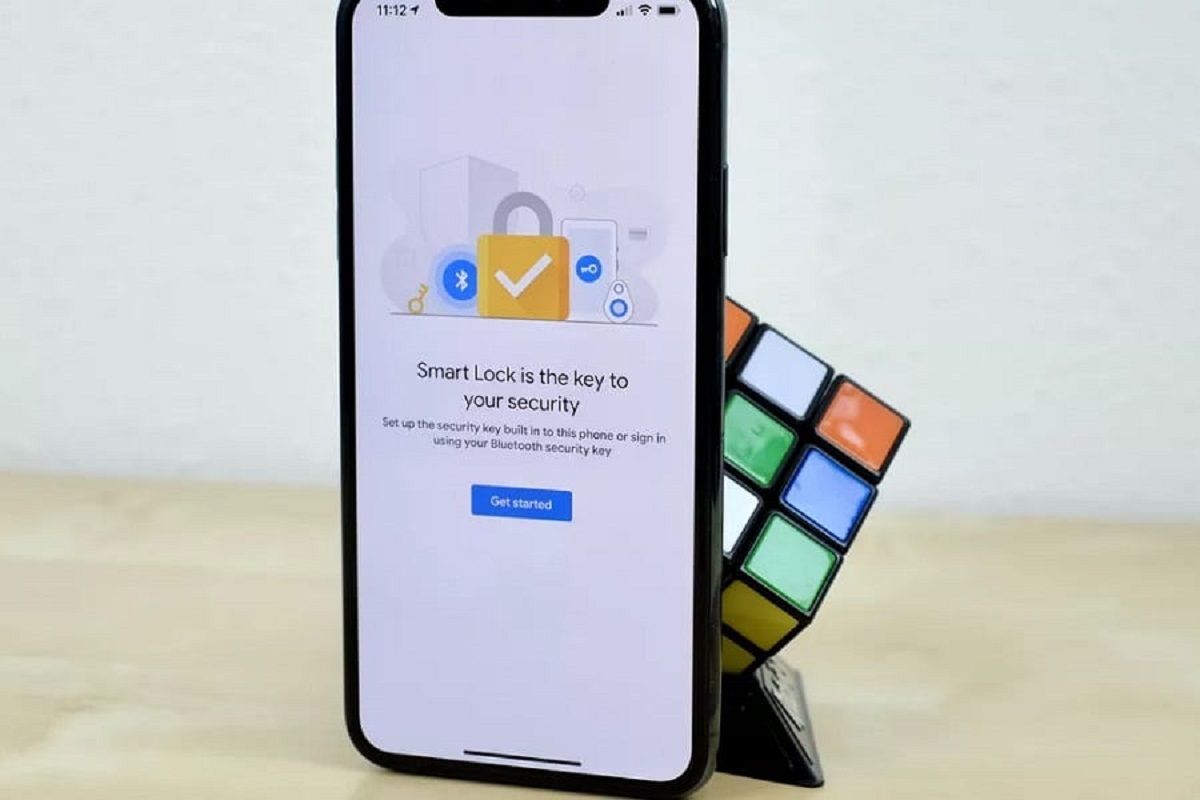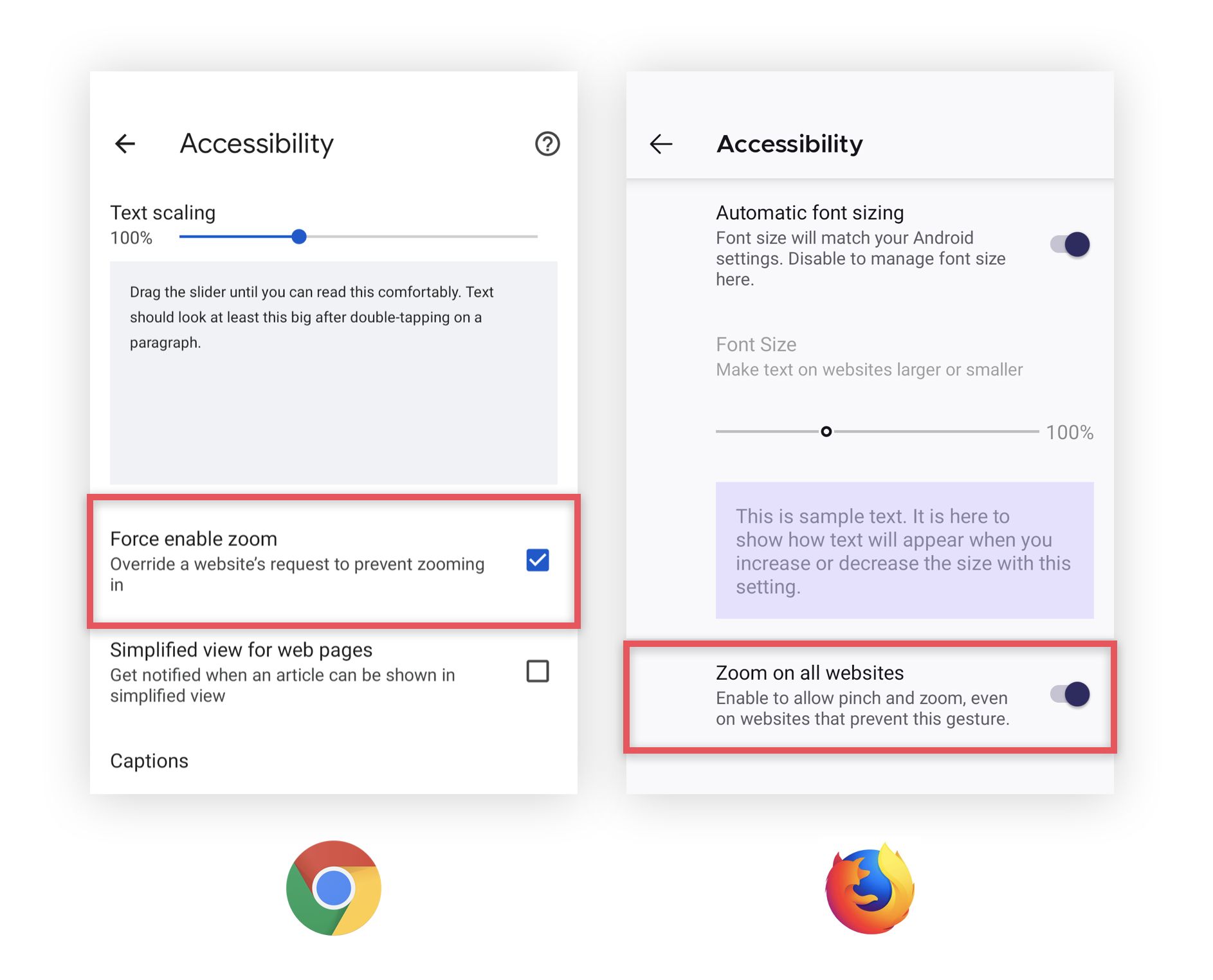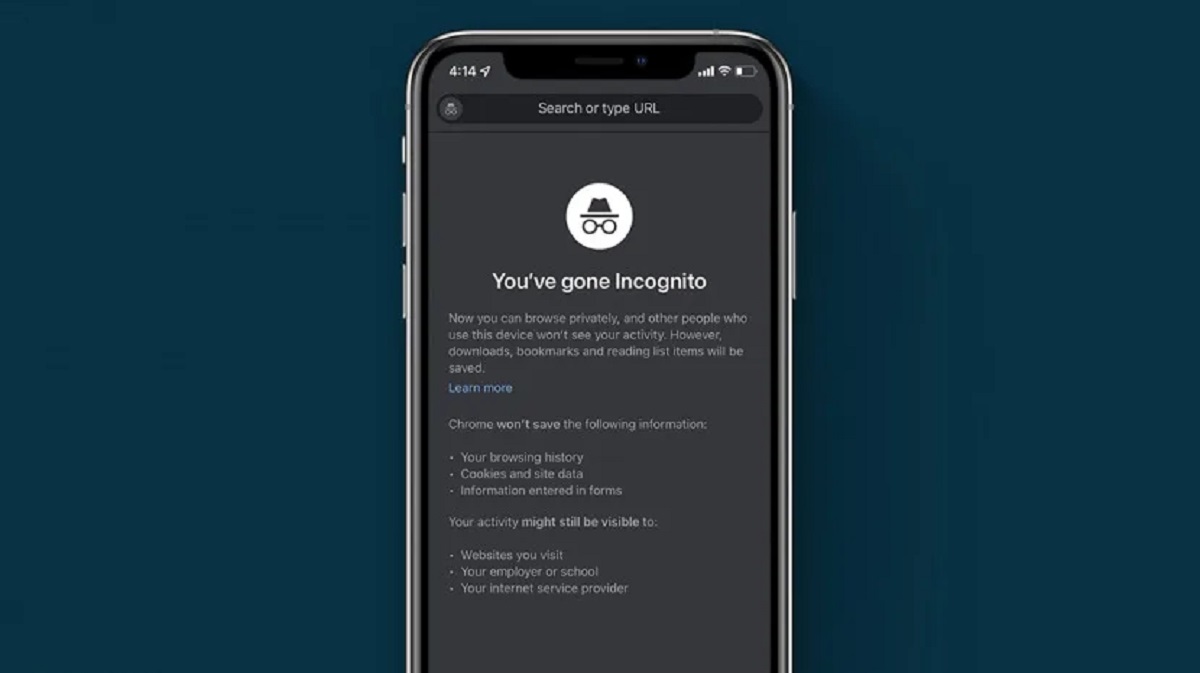Introduction
Locking a browser can be a crucial step in safeguarding your privacy, security, and productivity. Whether you want to prevent unauthorized access to your browsing history, protect sensitive information, or ensure that certain websites are off-limits, knowing how to lock your browser is a valuable skill. Fortunately, there are several methods to achieve this, ranging from utilizing built-in browser settings to employing third-party extensions and parental control software. By understanding these options, you can take control of your browsing experience and create a secure digital environment tailored to your needs.
In the following sections, we will explore three effective approaches to locking a browser. First, we will delve into the built-in settings offered by most popular browsers, providing a convenient and straightforward way to restrict access. Next, we will discuss the option of using third-party extensions, which can offer enhanced customization and additional security features. Finally, we will consider the use of parental control software, a comprehensive solution that extends beyond browser-specific restrictions. By examining these methods, you will gain a comprehensive understanding of how to lock your browser effectively, empowering you to make informed decisions about your online security and privacy.
Step 1: Using Browser Settings
Most modern web browsers offer built-in features that allow users to lock the browser and restrict access to certain functionalities. These settings can be particularly useful for individuals who share a computer or want to prevent unauthorized access to their browsing history and saved passwords. By leveraging these native options, users can establish a baseline level of security without the need for additional software or extensions.
Password-Protecting Browser Access
One of the most common methods for locking a browser is through the use of a password. Many browsers provide the ability to set up a master password, which must be entered before gaining access to the browser or specific features such as saved passwords, autofill data, and browsing history. By enabling this feature, users can effectively prevent others from accessing their personal information and browsing activity.
Configuring User Profiles
Another way to control access to a browser is by utilizing user profiles. Browsers like Google Chrome allow users to create separate profiles, each with its own set of bookmarks, extensions, and browsing history. By setting up individual profiles, users can ensure that their browsing data remains private and separate from other users who may have access to the same computer.
Restricting Website Permissions
In addition to protecting browsing data, browsers also offer options to restrict website permissions. Users can customize settings to block or allow specific websites from accessing location information, camera and microphone access, and notifications. By managing these permissions, users can enhance their privacy and security while browsing the web.
Enabling Incognito Mode
Many browsers feature an incognito or private browsing mode, which allows users to browse the web without saving any history, cookies, or site data. This can be a useful tool for maintaining privacy and preventing others from viewing browsing activity. By default, activities in incognito mode are not stored in the browsing history, and any cookies or site data obtained during the session are discarded when the session ends.
By leveraging these built-in browser settings, users can effectively lock their browsers and control access to sensitive information and browsing activity. These features provide a convenient and customizable way to enhance privacy and security while using the internet. However, it's important to note that while these settings offer a level of protection, they may not be sufficient for more advanced security needs. For users seeking additional layers of security and control, exploring third-party extensions and parental control software can provide enhanced capabilities and comprehensive protection.
Step 2: Using Third-Party Extensions
In addition to the built-in features provided by web browsers, users can further enhance the security and customization of their browsing experience by utilizing third-party extensions. These extensions, also known as add-ons or plugins, are software modules that can be added to a browser to extend its functionality and provide additional features. When it comes to locking a browser, third-party extensions offer a wide range of options, from password protection and content filtering to advanced security measures.
Password Management Extensions
One popular category of third-party extensions for browser security is password management tools. These extensions not only help users generate and store complex passwords but also offer the ability to lock access to the stored passwords with a master password. By utilizing these extensions, users can ensure that their sensitive login credentials are securely protected, adding an extra layer of security to their browsing activities.
Site Blockers and Content Filters
Third-party extensions also provide site-blocking and content-filtering capabilities, allowing users to restrict access to specific websites or types of content. These extensions are particularly useful for parents who want to control their children's internet usage or individuals looking to boost their productivity by blocking distracting websites during work hours. By setting up custom blocklists and filters, users can tailor their browsing experience to align with their specific needs and preferences.
Security and Privacy Enhancements
Many third-party extensions are designed to enhance the overall security and privacy of browsing activities. These extensions may offer features such as ad and tracker blockers, encrypted communication, and secure VPN connections. By integrating these tools into their browsers, users can fortify their online privacy and protect themselves from various online threats, including malicious ads, tracking scripts, and potential data breaches.
Custom Locking and Access Control
Some third-party extensions are specifically designed to provide advanced locking and access control features for browsers. These extensions allow users to set up custom access restrictions, such as requiring a password to access the browser, specific websites, or certain browser settings. By implementing these customizable locking mechanisms, users can exert greater control over their browsing environment and ensure that their sensitive data remains secure from unauthorized access.
By leveraging third-party extensions, users can tailor their browser's security and functionality to align with their individual needs and preferences. These extensions offer a diverse array of features, ranging from password management and content filtering to advanced security measures, empowering users to create a personalized and secure browsing experience. However, it's essential to exercise caution when selecting and installing third-party extensions, as some may pose security risks or impact browser performance. Conducting thorough research and choosing reputable extensions from trusted sources is crucial to maintaining a secure and reliable browsing environment.
Step 3: Using Parental Control Software
Parental control software offers a comprehensive solution for locking a browser and implementing strict access controls, making it an invaluable tool for parents and guardians seeking to manage and monitor their children's online activities. This software goes beyond browser-specific restrictions, providing a broader range of features to ensure a safe and secure online environment for young users.
Content Filtering and Website Blocking
One of the key features of parental control software is its ability to filter and block inappropriate content and websites. Parents can define specific categories of content to be blocked, such as adult content, violence, or gambling, and restrict access to websites that fall within these categories. This ensures that children are shielded from potentially harmful or unsuitable material while browsing the internet.
Time Management and Usage Limits
Parental control software enables parents to set time limits for internet usage, allowing them to define the duration for which their children can access the internet each day. Additionally, parents can establish specific time windows during which internet access is permitted, helping to regulate and monitor their children's online activities effectively.
Activity Monitoring and Reporting
Another crucial aspect of parental control software is its ability to monitor and track children's online activities. This includes recording the websites visited, search terms used, and the duration of each browsing session. Some software also provides detailed reports and insights into a child's online behavior, empowering parents to gain a comprehensive understanding of their children's internet usage patterns.
Remote Management and Alerts
Parental control software often includes remote management capabilities, allowing parents to adjust settings and receive alerts from anywhere. This feature enables parents to remotely modify access controls, review activity reports, and receive real-time alerts about potentially concerning online activities, ensuring that they can stay informed and responsive to their children's internet usage.
Customizable Access Controls
Additionally, parental control software offers customizable access controls, allowing parents to define specific websites that are either permitted or restricted. This level of customization enables parents to tailor the online experience for their children, ensuring that they have access to educational resources while being shielded from harmful or distracting content.
By leveraging parental control software, parents can establish a secure and supervised online environment for their children, promoting responsible internet usage and safeguarding them from potential online risks. This comprehensive approach to browser locking and access control empowers parents to take an active role in managing their children's online activities, fostering a safe and positive digital experience.
Conclusion
In conclusion, the ability to lock a web browser is an essential aspect of maintaining privacy, security, and control over one's online activities. By exploring the various methods available for locking a browser, individuals can tailor their browsing experience to align with their specific needs and preferences, ensuring a safe and secure digital environment.
From leveraging built-in browser settings to utilizing third-party extensions and parental control software, users have a diverse array of options for enhancing their browser's security and functionality. The built-in features offered by most modern web browsers provide a convenient way to establish basic access controls, such as password protection, user profiles, and website permissions. These native settings offer a foundational level of security, making it easier for users to safeguard their browsing history, saved passwords, and sensitive information.
Furthermore, third-party extensions offer an extensive range of capabilities, including advanced password management, content filtering, security enhancements, and custom access controls. These extensions empower users to customize their browsing experience, fortify their online privacy, and protect themselves from various online threats. However, it's crucial for users to exercise caution when selecting and installing third-party extensions, ensuring that they choose reputable and secure options from trusted sources.
For parents and guardians seeking to manage and monitor their children's online activities, parental control software provides a comprehensive solution. This software extends beyond browser-specific restrictions, offering features such as content filtering, time management, activity monitoring, remote management, and customizable access controls. By leveraging parental control software, parents can create a secure and supervised online environment for their children, promoting responsible internet usage and safeguarding them from potential online risks.
In essence, the methods for locking a browser are not mutually exclusive, and users can combine multiple approaches to create a layered defense against unauthorized access and online threats. By understanding and implementing these methods, individuals can take proactive steps to protect their privacy, secure their sensitive information, and foster a positive and secure browsing experience.
Ultimately, the ability to lock a web browser empowers users to take control of their online security and privacy, ensuring that they can browse the internet with confidence and peace of mind. Whether it's for personal use, family safety, or workplace productivity, the knowledge and application of browser locking methods are invaluable in today's digital landscape.







